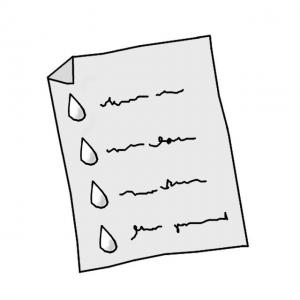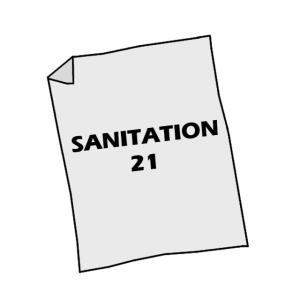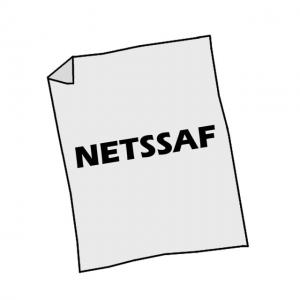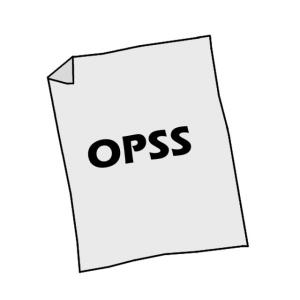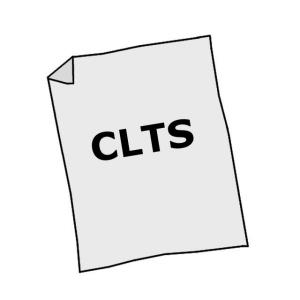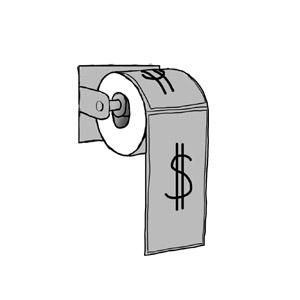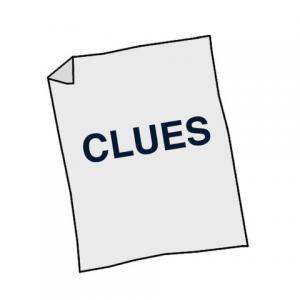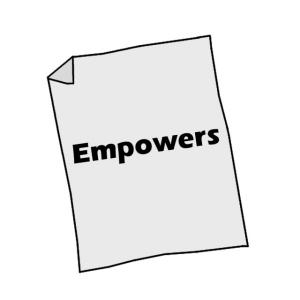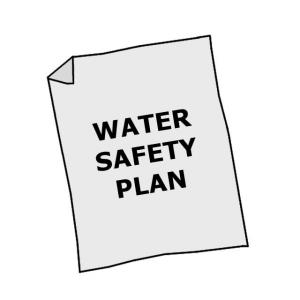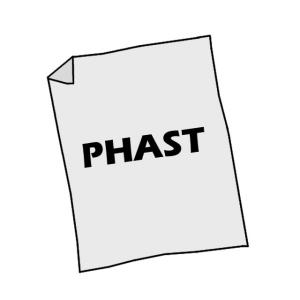Executive Summary
Humans use over half of all accessible water runoff. Of total water use less than 10% is used for domestic use. Households are the smallest consumers of water, but have a large potential impact. Users have the most influence at the household level and can experiment with strategies to develop water saving habits to implement outside of the home. Household water use is the largest growing sector (upwards of 80% over the next 25 years). Household water use is a testing ground for creating the strategies and social behaviours necessary for water use reduction in agriculture and industry.
| In | Out |
|---|---|
Precipitation, Freshwater, Drinking Water, Greywater, Brownwater, Urine or Yellowwater, Treated Water |
Blackwater, Faecal Sludge, Greywater, Brownwater, Urine or Yellowwater, Faeces, Excreta, Organic Solid Waste, Treated Water |
Introduction
In the developed world, there is much room for improvement in household water use. According to the WHO, a minimum of 25 litres per day is required to meet basic needs. In the US, the per capita use is ten times that, averaging 262 litres per day (FOERCH 2007).
Reducing water consumption at home has many implications: Clearly, total water consumption is reduced. Thus, pressure on water sources is lowered and the development of larger water supply systems and facilities (e.g. water pumping devices, water distribution networks, etc.) become unnecessary. Additionally, less wastewater is generated requiring less costly wastewater collection, wastewater treatment facilities and energy.
However, saving water can also have unanticipated, adverse consequences. For example, if all the water saved by households is used for new development, water usage in total is increased and water scarcity exacerbated. This phenomenon is also referred to as the Jevons paradox.
The Difficulty of Tracking Domestic Water Use in Developing Countries
In developing countries, most water supplies are unmetered. In many instances, water standpipes or blocks of houses have never been fitted with meters, or they have been broken. In these cases, neither water departments nor individual end-users know how much water is being used. Effective billing cannot take place, and water demand management plans cannot be implemented effectively. The calibration, repair, and replacement of meters are important components of a water conservation strategy (see also water pricing). Furthermore, unlicensed use of water, water losses through broken pipes (see also leakage control), and water wastage can only be determined if appropriate metering takes place (adapted from FOERCH 2007).
Behaviour Changes vs. Modifying Equipment
Installation of metering or monitoring equipment can be a crucial feedback to encourage water saving behaviour like turning off the tap when tooth brushing (see also water pricing). But creating incentives in terms of economic tools and standards and restrictions can be very difficult when the results are not felt by the user. Behaviour changes have the potential to halve household water consumption, however assuming rational actors, people will only change when it is to their benefit (FOERCH 2007).
It is important to encourage end-users to install water-saving devices at the time of their investment, for example, when they build a house or factory. End-users will only do so if they are aware of the water-saving options and the benefits in terms of cost savings. End-users would need to be encouraged to invest in water-efficient fittings through the amendment of by-laws and codes that regulate building practices. However, the best tool in developed countries for reducing water consumption and waste is to increase the price of water for a high standard product (FOERCH 2007).
Strategies for Reducing Water Consumption at Home
Toilet User Modification (no Costs)
- Do not use the toilet as a garbage can. Tissues and other items are often flushed away instead of going into appropriate disposal containers.
- Reduce the number of times you flush your toilet with multiple uses before flushing. Unnecessary flushing of the toilet can waste up to 1,000 litres of water per year.
- Do not place plastic bottles or bricks in a toilet tank to reduce the volume. This can interrupt the flushing mechanisms or flow of the water in the toilet, and can cause leaking.
Toilet Modification (Time or Money Required)
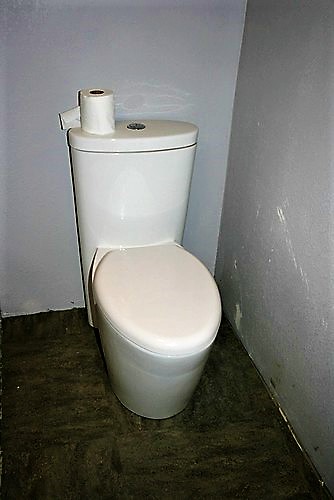
Determine if your toilet leaks. Put food colouring in your toilet tank. If it seeps into the toilet bowl without flushing, you have a leak. Fixing it can save up to 1,000 gallons a month (WATER USE IT WISELY n.y.).
- Replace your old toilet with a low flush toilet (6 litres per flush), a high efficiency model (4.8 litres per flush), or a dual model (3 or 6 litres per flush). Older toilet models can use 13 to 26 litres of water per flush. A family of four people can save up to 80,000 litres of water a year with a 6 litres per flush toilet, and even more with a high efficiency model. That is a 20% reduction in household consumption.
- Replace your old toilet with a dry toilet, which does not use any water for flushing.
- Replace your old toilet with a composting toilet, which recycles faeces.
- Replumb your old toilet to use rainwater for flushing.
- If you are unable to replace your water-guzzling toilet, retrofit your toilet with toilet displacement devices.
Water Tap User Changes
- Use foaming soap. This allows users to only user water for rinsing instead of for soaping up and rinsing.
Water Tap Modifications
- Install water tap aerators or more efficient fixtures.
Personal Washing User Modification
- Take showers instead of having baths.
- Take shorter showers. Shave your legs before taking a shower. Use running shower water to rinse off.
- Use a bucket to collect water while waiting for the shower to get hot.
- If taking a bath, only fill the tub with as much water as needed. Use less water for kids and pets.
- Use the water after having a bath for your garden, or use it to wash your car. Check that soaps and detergents in the water will not harm garden plants (read more about wastewater reuse at home).
Shower Modifications
- If your shower fills a one-gallon bucket in less than 20 seconds, replace the shower head with a water-efficient model. Water efficient models can use as little as 8 litres per minute compared to older models that use 15-20 litres. Aerated shower heads can increase the pressure and reduce water usage making the shower as pleasant as before.
Clothes Washing User Changes
- Consider reusing greywater from the laundry on the garden for instance in a vertical garden or greywater tower.
- Launder full loads when possible. Wash with a full load and you will save 10 litres of water each wash.
- If you have less than a full load, use the water-level control on your washing machine and turn the water supply to your washer off when not in use in case a hose leaks or breaks.
- Avoid washing clothes unnecessarily. Wash clothes to remove stains, not wrinkles.
- Washing dark clothes in cold water saves both on water and energy while it helps your clothes to keep their colours (WATER USE IT WISELY n.y.).
Purchase a More Efficient Clothes Washer
- Newer energy and water efficient washing machines can use up to 20% less water.
- When buying new appliances, consider those that offer cycle and load size adjustments. They are more water and energy efficient.
Water Tap User Modifications
- A running tap uses about 16 litres of water per minute.
- Turn the tap off when brushing your teeth. Wet your brush and use a glass for rinsing.
- Do not rinse your razor under a running tap. Filling the basin with a little warm water is as effective and less wasteful.
- If you prefer cold drinking water, keep a pitcher of water in the fridge so every drop runs into you, not the drain.
Modify Water Taps
- Identify and address leaks. Often, this is a good time to install lower flow aerated fixtures.
- It is easier to notice leaks indoors, but don't forget to check outdoor water taps, sprinklers and hoses for leaks (WATER USE IT WISELY n.y.).
- The water bill or metering system can be a good way to check whether leaks have developed by comparing water usage to previous time periods.
Low Water Dishwashing Strategies
- Only use the dishwasher when you have a full load or adjust the water-level control if the washer includes this option.
- Use the rinse-hold setting on the dishwasher, if it has one, rather than rinsing dishes under the tap.
- When washing dishes by hand, do not rinse them under a running tap. If you have two sinks, fill the second one with rinsing water. If you have only one sink, stack washed dishes in a dish rack and rinse them with a pan of hot water.
- Use washing up liquid sparingly as this will reduce the amount of rinsing required when washing dishes by hand.
- Capture excess water in a container while running the tap. This water can be used for your plants or pets.
- Old dishwashers use up 60 litres of water per load. New dishwashers only use 10 to 20 litres and can be more effective in terms of water saving compared to hand washing.
Change Dish Washing Equipment
- If you are considering the purchase of a new dishwasher, look for one that is water and energy efficient.
Preparing Food with Less Water
- Avoid keeping water running when washing fruits and vegetables. Washing them in a bowl conserves water.
- Thaw frozen fruits and meats in the refrigerator or microwave rather than in running water.
- Compost kitchen wastes (organic matter) instead of using a sink garbage disposal system. Sink garbage disposal systems consume hundreds of litres of water each week to send matter down the drain, and increases the load for the water treatment facilities.
- Catch running water whilst waiting for it to warm up. Use it to water plants, rinse dishes or wash fruit and vegetables.
Using Less Water Outside
Adapted from SAVE WATER ALLIANCE 2005; EARTH EASY n.y.; WATER GUIDE 2010
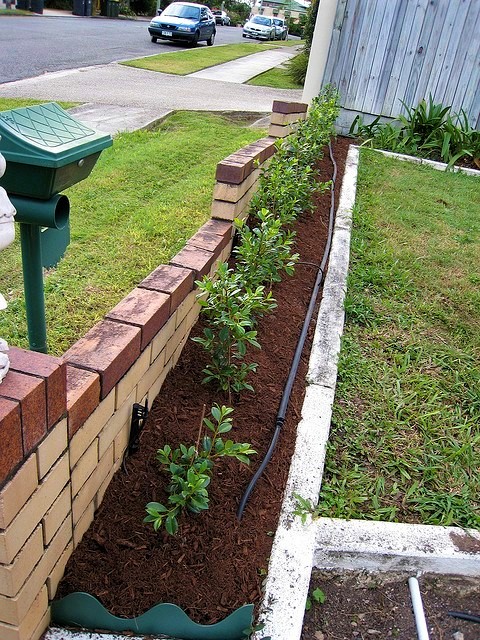
In summer, lawn watering and other outdoor uses can account for up to 50% of home water use. Studies show that as much as half of this outdoor use is wasteful.
- Mulch your garden. Mulch is a layer of material spread on top of the soil to conserve moisture, discourage the growth of weeds and even out soil temperature- it can keep up to 70% more water in the soil.
- Use drip irrigation systems instead of sprinklers.
- Beware of using green lawn clippings - they can pack down quite hard and become a barrier stopping water getting to the plants. Better to put them into the compost pile and let them break down
- Do not overuse hoses or sprinklers in hot weather. A sprinkler can use as much water in an hour as a family of four will use in a day. Your lawn only really needs watering once a week and it is better to water in the morning when the temperature is lower and evaporation is less.
For further information regarding recycling and reusing water, check reuse and recharge tools.
Install Rain Barrels to Collect Rainwater for Reuse
- Using collected rainwater can reduce your water bills to a great extent.
- Collecting rainwater allows you to be prepared for times of low rainfall, so you can still maintain your garden, especially if there are water restrictions in your area.
- It reduces the load on stormwater systems because roof runoff is not flushed into the drains.
- Using rainwater reduces the need to build more water storage dams, which may have to be situated in environmentally sensitive areas.
For further information regarding rainwater recycling, check also urban and rural roof top rainwater harvesting or stormwater management. Almost half of water produced at the household level is washwater, also called greywater. Read more about greywater reuse and how it can serve to fertilise plants and crops in the reuse and recharge section. Learn more about wastewater and greywater reuse at home here.
Reducing household water use is most effective at reducing overall water use in developed nations where water consumption is quite large. An average person in the US uses 10 times the water used by an average person in dryland regions in Africa (FOERCH 2007)).
Yet, reducing household water use in developing nations can improve households’ ability to meet their needs, and greatly improve quality of life.
25 ways to conserve water in the home and yard
This website provides a lot of simple strategies for saving water in the home.
EARTH EASY (n.y): 25 ways to conserve water in the home and yard. Parksville: Earth easy URL [Accessed: 07.05.2010]Water Conservation
Mulch helps retain moisture in the soil. Drip irrigation lines direct water directly to where plants need it
Low flow toilets and dual flush toilets save considerable amounts of water
How to save water?
Water Saving Tips?
Use It Wisely Campaign
Water Efficiency Factsheet. Water Management Options
This document provides some easy adaptable water saving tips on household level.
NCDENR (2009): Water Efficiency Factsheet. Water Management Options. North Carolina: NCDENR URL [Accessed: 06.05.2019]Making Decisions: Household Water Saving Equipment and Practices
This article summarizes some key information about water-saving devices such as showers, toilets, tubs, washing machines, etc., so that consumers can make an informed choice and lower their household water consumption.
NIEMEYER, S. (1997): Making Decisions: Household Water Saving Equipment and Practices. Lincoln: University of Nebraska URL [Accessed: 07.05.2010]Save water inside your home
This webpage describes several quick and easy hints that can help you save water in your kitchen, laundry, bathroom, and garden.
SA WATER (2009): Save water inside your home. Adelaide: SA Water URL [Accessed: 06.05.2019]Water Saving Tips?
How to Make Simple Hand Washing Devices
This presentation shows how hand washers can be made from tin cans and plastic bottles and cups. Hand washers of many types are easy to make and cost almost nothing. They should be fitted to every low cost (or high cost) toilet made.
SHANGWA, A. MORGAN, P. (2008): How to Make Simple Hand Washing Devices. Stockholm : Ecological Sanitation Research (EcoSanRes), Stockholm Environment Institute (SEI) URL [Accessed: 06.05.2019]Household Water Conservation
This paper gives an overview of the water use on household level in Pennsylvania. Furthermore, the document contains some water saving advices.
PENNSYLVANIA STATE UNIVERSITY (2008): Household Water Conservation. Pennsylvania: Pennsylvania State University URL [Accessed: 09.08.2010]Water Conservation In and Around the Home
This paper gives an overview of the water use on household level in Colorado. Furthermore, the document contains some water saving advices.
WASKOM, R. NEIBAUER, M. (2014): Water Conservation In and Around the Home. Colorado: Colorado State University. Fact Sheet No. 9.952. Consumer Series/Housing URL [Accessed: 06.05.2019]25 ways to conserve water in the home and yard
This website provides a lot of simple strategies for saving water in the home.
EARTH EASY (n.y): 25 ways to conserve water in the home and yard. Parksville: Earth easy URL [Accessed: 07.05.2010]Water Efficiency Factsheet. Water Management Options
This document provides some easy adaptable water saving tips on household level.
NCDENR (2009): Water Efficiency Factsheet. Water Management Options. North Carolina: NCDENR URL [Accessed: 06.05.2019]Water Conservation. Fact Sheet
This factsheet contains good advices how to use water more efficiently on household level.
AMERICAN RED CROSS (n.y): Water Conservation. Fact Sheet. Washington DC: Red Cross. [Accessed: 09.08.2010]. PDFWater Conservation Techniques and Graywater Reuse at the Single Household Level
This paper explains how to use greywater at household level in order to counteract the water scarcity.
ALKHATIB R. Y. EDGERLY J. (2006): Water Conservation Techniques and Graywater Reuse at the Single Household Level. Fort Collins: Colorado State University URL [Accessed: 06.05.2019]Every drop counts. Environmental sound technologies for urban and domestic water use efficiency
The focus of this book is efficient water use in urban and domestic environments and the context is decision making about sustainable development of human settlements.
UNEP (2008): Every drop counts. Environmental sound technologies for urban and domestic water use efficiency. Osaka: United Nations Environment Programme (UNEP). URL [Accessed: 06.05.2019]Every Drop Counts
Presentation with 60 slides on key issues in water saving at household level, containing backgrounds of decision making (policies and criteria) and a number of environmentally sound technologies storage, supply, use, reuse & recycling.
UNEP ; TU DELFT (2008): Every Drop Counts. PowerPoint Presentation. Osaka & Delft: United Nations Environment Programme (UNEP) and TU DELFT URL [Accessed: 06.05.2019]
